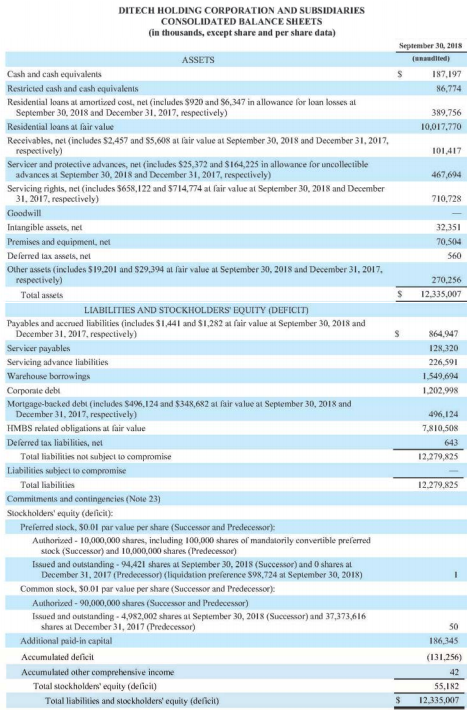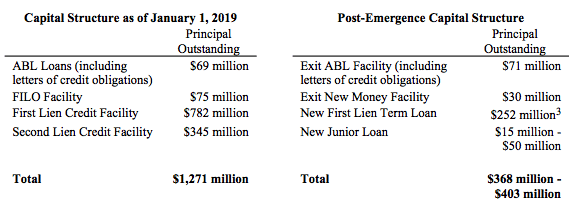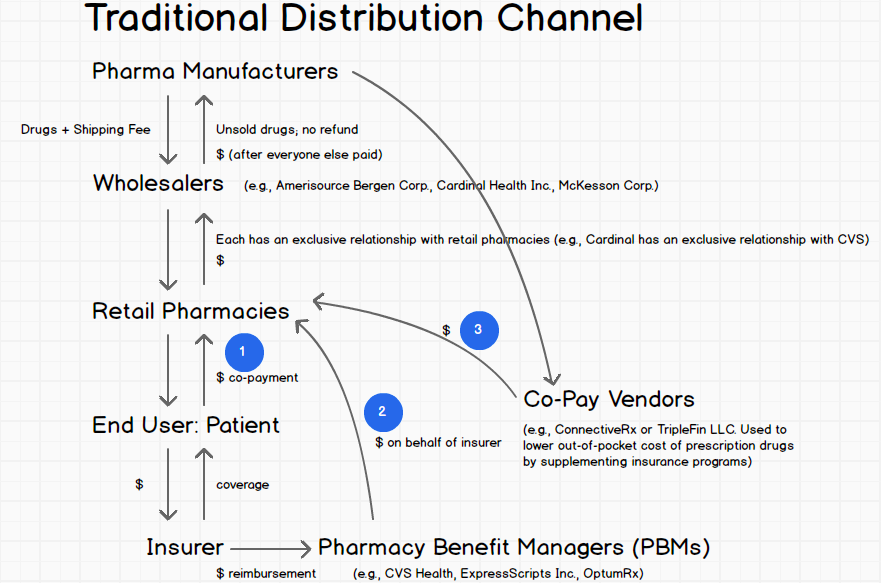🏠New Chapter 11 Bankruptcy Filing - Decor Holdings Inc.🏠
Decor Holdings Inc.
February 12, 2019
Source: https://www.robertallendesign.com
Privately-owned New York-based Decor Holdings Inc. (d/b/a The RAD Group and The Robert Allen Duralee Group) and certain affiliates companies filed for bankruptcy earlier this week in the Eastern District of New York. The debtors state that they are the second largest supplier of decorative fabrics and furniture to the design industry in the U.S., designing, manufacturing and selling decorative fabrics, wall coverings, trimmings, upholstered furniture, drapery hardware and accessories for both residential and commercial applications. All of which begs the question: do people still actually decorate with this stuff?!? In addition to private label product lines, the company represents six other furnishing companies, providing tens of thousands of sku options to design professionals and commercial customers. The company maintains a presence via showrooms in large metropolitan cities in the US and Canada as well as an agent showroom network in more than 30 countries around the world. In other words, for a company you’ve likely never heard of, they have quite the reach.
The debtors’ problems derive from a 2017 merger between the Duralee business and the Robert Allen business. Why? Well, frankly, it sounds like the merger between the two is akin to a troubled married couple that decides that having a kid will cure all of their ills. Ok, that’s a terrible analogy but in this case, both companies were already struggling when they decided that a merger between the two might be more sustainable. But, “[l]ike many industries, the textile industry has been hard hit by the significant decrease in consumer spending and was severely affected by the global economic downturn. As a result, the Debtors experienced declining sales and profitability over the last several years.” YOU MEAN THE PERCEIVED SYNERGIES AND COMBINED EFFICIENCIES DIDN’T COME TO FRUITION?!? Color us shocked.
Ok, we’re being a little harsh. The debtors were actually able to cut $10-12mm of annual costs out of the business. They could not, however, consolidate their separate redundant showroom spaces outside of bankruptcy (we count approximately 32 leases). Somewhat comically, the showroom spaces are actually located in the same buildings. Compounding matters was the fact that the debtors had to staff these redundant spaces and failed to integrate differing software and hardware systems. In an of themselves, these were challenging problems even without a macro overhang. But there was that too: “…due to a fundamental reduction of market size in the home furnishings market, sales plummeted industry wide and the Debtors were not spared.” Sales declined by 14% in each of the two years post-merger. (Petition Note: we can’t help but to think that this may be the quintessential case of big firm corporate partners failing to — out of concern that management might balk at the mere introduction of the dreaded word ‘bankruptcy’ and the alleged stigma attached thereto — introduce their bankruptcy brethren into the strategy meetings. It just seems, on the surface, at least, that the 2017 merger might have been better accomplished via a double-prepackaged merger of the two companies. If Mattress Firm could shed leases in its prepackaged bankruptcy, why couldn’t these guys? But what do we know?).
To stop the bleeding, the debtors have been performing triage since the end of 2018, shuttering redundant showrooms, stretching payables, and reducing headcount by RIF’ing 315 people. Ultimately, however, the debtors concluded that chapter 11 was necessary to take advantage of the breathing spell afforded by the “automatic stay” and pursue a going concern sale. To finance the cases, the debtors obtained a commitment from Wells Fargo Bank NA, its prepetition lender, for a $30mm DIP revolving credit facility of which approximately $6mm is new money and the remainder is a “roll-up” or prepetition debt (PETITION Note: remember when “roll-ups” were rare and frowned upon?). The use of proceeds will be to pay operating expenses and the costs and expenses of being in chapter 11: interestingly, the debtors noted that they’re administratively insolvent on their petition. 🤔
Here’s to hoping for all involved that a deep-pocked buyer emerges out of the shadows.
Jurisdiction: E.D. of New York (Judge Grossman)
Capital Structure: $23.7mm senior secured loan (Wells Fargo Bank NA), $5.7mm secured junior loan (Corber Corp.)
Professionals:
Legal: Hahn & Hesson LLP (Mark Power, Janine Figueiredo)
Conflicts Counsel: Halperin Battaglia Benzija LLP (Christopher Battaglia)
Financial Advisor: RAS Management Advisors LLC (Timothy Boates)
Investment Banker: SSG Capital Advisors LLC (J. Scott Victor)
Liquidator: Great American Group LLC
Claims Agent: Omni Management Group Inc. (*click on the link above for free docket access)
Other Professionals:
DIP Agent: Wells Fargo Bank NA
Legal: Otterbourg P.C. (Daniel Fiorillo, Jonathan Helfat)
Subordinated Noteholder: Corber Corp.
Legal: Pachulski Stang Ziehl & Jones LLP (John Morris, John Lucas)











